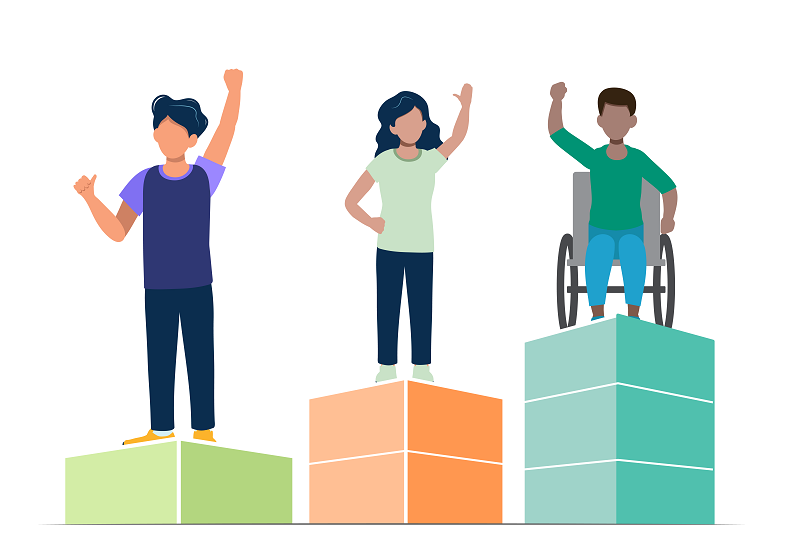
Disasters impact people and communities differently. Every disaster occurs within a unique context based on a community’s geographic, demographic, political, historical, and cultural characteristics.
These unique contexts require tailored solutions that are designed to meet their unique needs.
Underserved communities, as well as specific identity groups, often suffer disproportionately from disasters. As a result, disasters worsen inequities already present in society.
This cycle compounds the challenges faced by these communities and increases their risk to future disasters. By instilling equity as a foundation of emergency management and striving to meet the unique needs of underserved communities, the emergency management community can work to break this cycle and build a more resilient nation.
The importance of equity in emergency management is not a new concept. The Stafford Act requires FEMA assistance be delivered in an equitable manner without discrimination on the grounds of race, color, religion, nationality, sex, age, disability, language accessibility, or economic status. However, this cannot be done through a one-size-fits-all approach. Instead, FEMA must be aware of, and responsive to, the needs of different individuals and communities to ensure that the benefits of FEMA programs are available.
Executive Order 13985 (Jan. 20, 2021) defines equity as “the consistent and systematic fair, just, and impartial treatment of all individuals, including individuals who belong to underserved communities that have been denied such treatment, such as Black, Latino, and Indigenous and Native American persons, Asian Americans and Pacific Islanders and other persons of color; members of religious minorities; Lesbian, Gay, Bisexual, Transgender, Queer and Intersex (LGBTQI+) persons; persons with disabilities; persons who live in rural areas; and persons otherwise adversely affected by persistent poverty or inequality.”
Additionally, “underserved communities refers to populations sharing a particular characteristic, as well as geographic communities, that have been systematically denied a full opportunity to participate in aspects of economic, social, and civic life."
The nation needs all communities to be resilient. Proactively prioritizing actions that advance equity for communities and identifying groups that have historically been underserved or disproportionately affected by disasters is critical for their resilience.
![]() Through the objectives identified below, FEMA will continue its efforts to integrate equity as a foundation of its culture through transformational change within our workforce, across our programs, and throughout the emergency management community.
Through the objectives identified below, FEMA will continue its efforts to integrate equity as a foundation of its culture through transformational change within our workforce, across our programs, and throughout the emergency management community.


